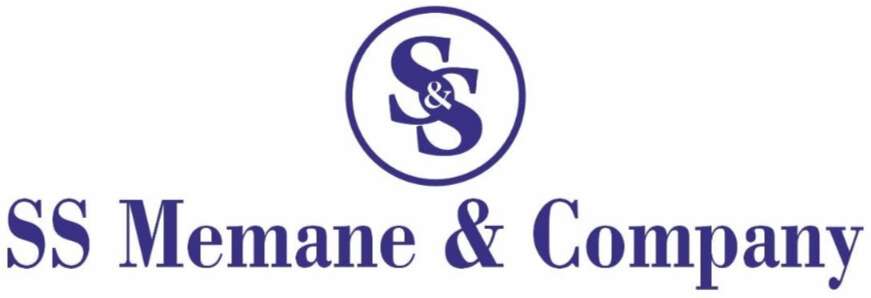Salary Income tax Return
Quick Contact
Documents Required
- PAN Details
- Invoice Details
- Bank Statements
- Form 26AS
Salary Income tax Return
Salary Income Tax Return is a form filed by individuals to report their income earned from employment, claim deductions, and calculate the tax payable to the government. It ensures compliance with tax laws and helps determine any refund or additional tax liability.
Steps to File a Salary Income Tax Return
Gather Required Documents:
Form 16: Issued by the employer, it contains details of salary paid and tax deducted at source (TDS).
Payslips: Monthly payslips provide details of salary components and deductions.
Bank Statements: For interest income and other transactions.
Investment Proofs: Documents for deductions claimed under sections like 80C, 80D, etc.
Rent Receipts: For claiming House Rent Allowance (HRA).
Insurance Premiums: Proof of premiums paid for life insurance, health insurance, etc.
Loan Statements: Interest on home loans, education loans, etc.
Previous Year’s Tax Returns: For reference and consistency.
Determine the Income:
Salary Income: Include basic salary, allowances (HRA, DA), bonuses, and any other components.
Other Income: Add any additional income such as interest earned, if applicable.
Calculate Deductions:
Under Section 80C: Deductions for investments in PPF, ELSS, NSC, etc.
Under Section 80D: Deductions for health insurance premiums.
Under Section 24(b): Interest on home loan.
Others: Deductions for education loans, donations, etc.
Compute Taxable Income:
Total Salary Income – Deductions = Net Taxable Income.
Calculate Tax Liability:
Apply the applicable tax slabs and rates to the taxable income.
Consider any tax credits or reliefs.
Check for TDS and Advance Tax Payments:
Verify the TDS deducted by the employer and any advance tax payments made.
File the Return:
Choose the appropriate Income Tax Return (ITR) form (e.g., ITR-1 for salaried individuals).
Fill out the return form with accurate details.
E-file the return on the Income Tax Department’s e-filing portal or through a tax professional.
Verify the return using methods like Aadhaar OTP, Net Banking, or EVC.
Keep Acknowledgment:
Save or print the acknowledgment receipt after successful filing.
Respond to Notices (if any):
Address any notices or queries from the Income Tax Department if received.
Documents Required
Form 16:
Issued by your employer, it details your salary, allowances, deductions, and the tax deducted at source (TDS).
Payslips:
Monthly salary slips that show salary components and deductions.
Bank Statements:
For interest income, loan EMIs, and other transactions. These help in calculating interest earned and verifying income.
Investment Proofs:
Receipts or certificates for investments under Section 80C (e.g., PPF, ELSS, NSC), Section 80D (health insurance), and other eligible deductions.
Rent Receipts:
If claiming House Rent Allowance (HRA), provide rent receipts along with the landlord’s PAN details if applicable.
Insurance Premium Receipts:
Proof of premiums paid for health insurance, life insurance, and other policies.
Loan Statements:
Home loan and education loan interest statements to claim deductions under Section 24(b) and Section 80E.
Previous Year’s Tax Returns:
For consistency checks and to reference previous claims and losses.
PAN Card:
For identity verification and tax filing.
Aadhaar Card:
For e-verification (if applicable).
Form 26AS:
A tax credit statement that provides details of tax deducted, advance tax payments, and self-assessment tax.
Process for Filing Salary Income Tax Return
Collect and Organize Documents:
Gather all the required documents mentioned above. Ensure that all information is accurate and up-to-date.
Determine Total Income:
Salary Income: Sum up all components of salary including basic salary, allowances, bonuses, and other benefits as per Form 16 and payslips.
Other Income: Include any additional income such as interest from bank accounts or other investments.
Calculate Deductions:
Section 80C: Deduct investments in PPF, ELSS, NSC, etc.
Section 80D: Deduct health insurance premiums for self and family.
Section 24(b): Deduct interest on home loans.
Section 80E: Deduct interest on education loans.
Other Deductions: Include deductions for donations, senior citizen savings, etc.
Compute Taxable Income:
Total Salary Income – Deductions = Net Taxable Income.
Calculate Tax Liability:
Apply the appropriate tax slabs based on your taxable income.
Subtract any TDS mentioned in Form 16 and any advance tax paid.
Choose the Correct ITR Form:
For salaried individuals, typically ITR-1 (Sahaj) is used. Ensure the form aligns with your income sources and claims.
Fill Out the Return Form:
Enter details from Form 16, bank statements, and other documents into the ITR form.
Provide accurate information for income, deductions, and tax paid.
File the Return:
E-file the return through the Income Tax Department’s e-filing portal or use a tax professional if needed.
Choose an appropriate verification method: Aadhaar OTP, Net Banking, or EVC.
Verify the Return:
After filing, verify the return using the chosen method to complete the process.
The return is considered filed only after verification.
Keep Acknowledgment:
Save or print the acknowledgment receipt generated after successful filing. This serves as proof of filing.
Respond to Notices (if any):
If the Income Tax Department issues any notices or requires additional information, respond promptly to avoid penalties or further issues.
Advantages
Compliance:
Ensures adherence to tax laws and avoids penalties.
Refunds:
Claims any excess tax paid or TDS deducted.
Creditworthiness:
Serves as proof of income for loan applications and other financial activities.
Carry Forward Losses:
Enables the carry forward of losses (if any) to future years.
Legal and Financial Benefits:
Provides legal protection against tax disputes and helps in financial planning.
Disadvantages
Complexity:
The process can be complex for individuals unfamiliar with tax laws and calculations.
Time-Consuming:
Gathering documents and preparing the return can be time-consuming.
Possibility of Errors:
Errors in filing can lead to notices or penalties from the tax authorities.
Cost of Professional Help:
May involve additional costs if professional tax services are employed.
- Copyright 2024 © SS Memane || Designed By || Mr. Sunil Memane


